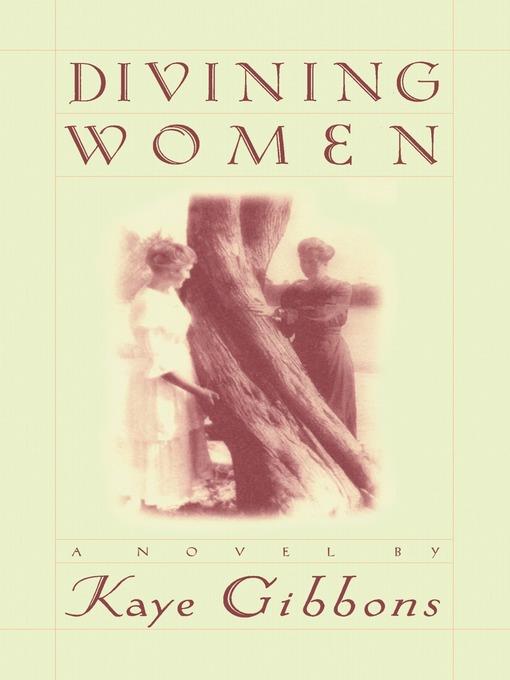
Divining Women
کتاب های مرتبط
- اطلاعات
- نقد و بررسی
- دیدگاه کاربران
نقد و بررسی

February 16, 2004
Gibbons (Ellen Foster
; On the Occasion of My Last Afternoon
; etc.) hearkens back to the Brontë sisters with her penchant for the gothic in this rather stilted novel of female oppression and liberation. As WWI draws to an end, 22-year-old Mary Oliver sits at home in Washington, D.C., waiting for her postgraduate literature classes at Radcliffe to begin. To give her something to do, her mother, Martha, suggests that she travel to North Carolina to visit Martha's estranged half-brother, Troop, and his wife, Maureen, who is expecting a baby. Troop was a terror as a boy and young man, but Martha is sure he has changed since his marriage. Mary, however, arrives to find that Maureen has been all but destroyed by Troop's psychological manipulation and verbal abuse. Troop refuses to allow newspapers into his house and intercepts all letters, reinforcing the impression that, though war is raging in Europe, the real battle of the novel is being fought on the domestic front. Diagnosed with "female hysteria," Maureen has been subjected to various demeaning "treatments." Troop blames both her and Mary's family for his elderly mother's death and rules by fear in his quest for moral superiority, while Maureen is coached by Mary to fight for freedom and self-fulfillment. Mary is well suited to the task, since she comes from an unconventional family—her grandfather, one of the novel's most appealing characters, is a nudist. Reading aloud from letters written by a family friend who sought adventures abroad, Mary helps Maureen draw closer to an appreciation of "the joy at the confluence of love and freedom." Erratic storytelling weakens the novel, but Gibbons's tale is atmospheric and unsettling, narrated in hushed Victorian tones and ornamented with period flourishes.

December 1, 2003
In 1918, even as influenza threatens, a real battle erupts when Mary Oliver protects her pregnant aunt Maureen from a bullying husband.
Copyright 2003 Library Journal, LLC Used with permission.

March 1, 2004
Gibbons, as literary as she is popular, tends to portray resourceful, freethinking women in novels that subtly critique classic southern mores and offer clear-eyed inquiries into the tolls of illness and war. In this enveloping tale of marital strife and female resilience, Gibbons considers conflicts between blacks and whites and men and women within the context of the First World War and the Spanish influenza epidemic. Martha has sent her intelligent daughter, Mary, to North Carolina to help Martha's half-brother, Troop, and his expectant wife, Maureen, and Mary is amazed to find herself in a household as miserable as it is opulent. Troop is a coldhearted, possibly insane despot; lovely and muddled Maureen is his prisoner; and Zollie and Mamie, their kind African American employees, are treated with appalling indifference. The hate, lies, and machinations at work in this psychotic hothouse rival that of the most gothic of southern melodramas, a tradition Gibbons shrewdly subverts as she divines the true nature of feminine power and points the way toward justice in this gorgeously moody and piquant fairy tale.(Reprinted with permission of Booklist, copyright 2004, American Library Association.)

























دیدگاه کاربران